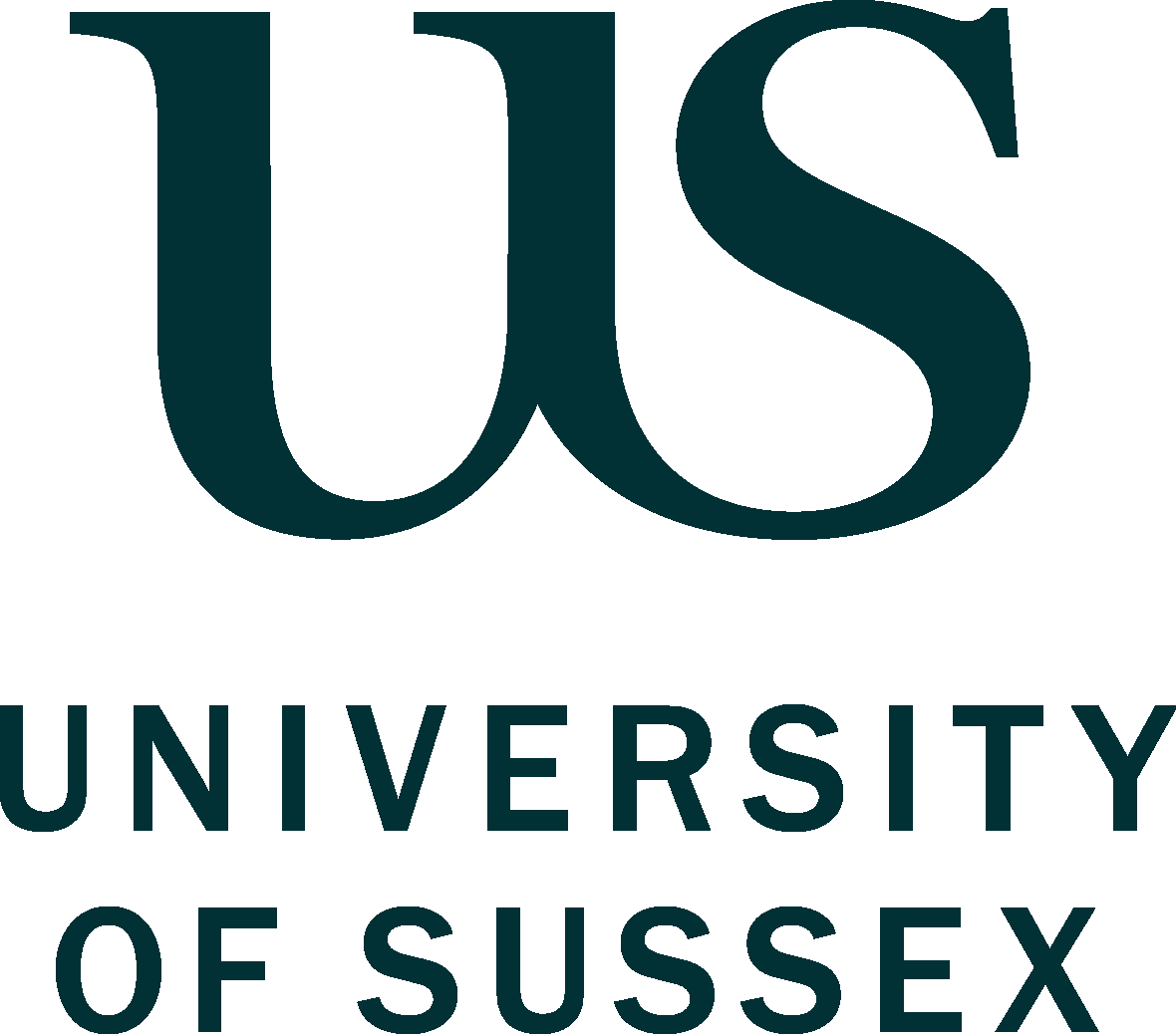Engaging students with remote labs using an active learning pedagogy
Dr Suzanne Groothuijsen and Antoine van den Beemt

What is the idea?
Labs are an essential part of engineering education. They are a form of experiential learning with the twofold aim to engage students and promote active transfer from theory to practice. In education on machine control techniques, students conduct lab experiments in which they have to control, for example, valves in a system of three interconnected fluid tanks, the position of a metal ball in an electromagnetic field, or the movements of a robotic arm. The past decade saw an increasing move from physical on-campus labs to online, i.e. virtual and remote, labs (Grodotzki et al., 2018). Virtual labs deliver experiments in a virtual environment through simulations; remote labs provide online access to physical labs to conduct experiments with real-world equipment (Bhute et al., 2021).
Following from the specific characteristics of online labs, reconsideration of teaching and learning activities is necessary to promote and retain student engagement and consequent transfer from theory to practice. A remote lab assignment for experiments with machine control techniques in higher engineering education was developed with the aim of promoting students’ engagement with the remote lab. The lab assignment is based on principles of active learning and consists of a specific order of activities to promote engagement.
Why this idea?
A major advantage of virtual and remote labs is that they are accessible to students at any time and from any place (Bhute et al., 2021). For students, this creates opportunities to conduct lab experiments from anywhere, whenever and as often as they want, at their own pace. For teachers, online labs create new opportunities to include lab activities in their education. Overall, virtual and remote labs create new and more opportunities for lab education where opportunities for experimentation in traditional labs are limited or non-existent, for example following limitations in terms of time, space and available lab equipment.
Available evidence shows that engagement with online labs contributes to students’ learning outcomes (Broisin et al., 2017; Morgan et al., 2012; Post et al., 2019; Viegas et al., 2018). This suggests that it is worthwhile to stimulate students’ engagement with an online lab. However, the major advantage of time and place independent experimentation simultaneously poses a serious challenge to students’ engagement with virtual and remote labs. In contrast to traditional physical labs, the innovative online labs do not have a designated time and place to conduct experiments. Students can access virtual and remote labs 24/7 from anyplace. As a result they also lack the presence of teachers or lab assistants that can support and motivate students during lab experiments.
Building on existing lab pedagogies and principles of active learning, a remote lab assignment was designed to support students’ engagement with experimentation in a remote lab. In the assignment, students in small groups work on an open ended challenge following Kolb’s experiential learning cycle consisting of pre-lab activities, remote lab experiments, and post-lab activities (Abdulwahed & Nagy, 2009). This way, an ongoing process of preparation, experimentation and reflection, including feedback and support from the teacher, is established.
How could others implement this idea?
The remote lab assignment, based on a specific order of activities, was designed for experiments with machine control techniques in higher engineering education. For active learning in higher engineering education, Hernández-de-Menédez et al. (2019) identified four common elements: physical space, technology, activities and results. For active learning with a remote lab, these elements translate to the physical lab set-up, the online interface for experimentation with the physical lab set-up, the remote lab assignment, and the intended learning outcomes. The focus here is on the remote lab assignment, detailing the order of activities.
The remote lab assignment
The remote lab assignment consists of an open-ended assignment that provides (some) freedom for students in conducting experiments. The assignment should be tailored to the intended student population in terms of complexity and whether it is to be conducted by individual or small groups of students. The assignment is structured in subsequent stages of experimentation following the structure of the course content, i.e. moving from basic to more complex. Each stage of experimentation should progress through a sequence of learning activities following Kolb’s cycle of experiential learning: pre-lab activities, remote lab experiments, and post-lab activities (Abdulwahed & Nagy, 2009).
An example of a remote lab assignment as implemented in multiple machine control technique courses at Eindhoven University of Technology is presented in the table below. The assignment was for groups of 4 to 5 students to control fluid levels or flow rates in a three-tank system remote lab using two different machine control strategies. A study on the implementation of the remote lab and accompanying lab assignment showed that an active learning pedagogy can support student engagement.
|
Experiment stage 1: manually controlling the remote lab set-up |
||
|
Pre-lab activity |
Activities to prepare controlling the remote lab Quiz on theory underlying the experiments |
To let students get familiar with the design of the physical set-up and to (learn how to) prepare experiments with the remote lab Formative assessment: to activate students’ theoretical knowledge |
|
Experiment |
Manually online controlling fluid levels or flow rates in the remote lab set-up |
To experience the need for a controller as manual control can’t provide satisfying results |
|
Post-lab activity |
Progress meeting with the teacher |
To either check whether students started using the lab or encourage them to start |
|
Experiment stage 2: determining constants of the remote lab set-up |
||
|
Pre-lab activity |
Design tasks to determine constants in a virtual lab
|
To identify what constants are missing, to design an experiment to identify the missing values, and to prepare the remote lab experiments |
|
Experiment |
Determining constants of the three-tank remote lab set-up |
To gain input for building a controller in the next experiment stage |
|
Post-lab activity |
Preliminary intermediate report Progress meeting Intermediate report (graded) |
To report and reflect on the experiments As a form of formative assessment: To provide feedback on the conducted experiments, achieved results, and the report To support continuation of the experiments Summative assessment |
|
Experiment stage 3: controlling the remote lab set-up |
||
|
Pre-lab activity |
Determining two machine control strategies Activities to prepare controlling the remote lab
|
To let students consider multiple options and make a substantiated choice To prepare the remote lab experiments |
|
Experiment |
Controlling the fluid levels or flow rates in the remote lab set-up |
To apply the two determined control strategies and evaluate their usefulness for controlling the fluid levels or flow rates in the three-tank remote lab set-up |
|
Post-lab activity |
Preliminary final report Progress meeting Final report (graded) |
To report and reflect on the experiments Formative assessment: To provide feedback on the conducted experiments, achieved results, and the report. Summative assessment |
Transferability to different contexts
The remote lab assignment was designed for remote lab experiments with machine control techniques in higher engineering education. However, the specific order of activities to promote student engagement can be used in any learning situation involving experimentation irrespective of the experimental environment i.e., virtual, remote or physical lab.
Links to tools and resources
https://boost.tue.nl/projects/remote-labs/
References
Abdulwahed, M., & Nagy, Z. K. (2009). Applying Kolb’s experiential learning cycle for laboratory education. Journal of Engineering Education, 98(3), 283-294. https://doi.org/10.1002/j.2168-9830.2009.tb01025.x
Bhute, V. J., Inguva, P., Shah, U., & Brechtelsbauer, C. (2021). Transforming traditional teaching laboratories for effective remote delivery – A review. Education for Chemical Engineers, 35, 96-104. https://doi.org/10.1016/j.ece.2021.01.008
Broisin, J., Venant, R., & Vidal, P. (2017). Lab4CE: A remote laboratory for computer education. International Journal of Artificial Intelligence in Education, 27(1), 154–180. https://doi.org/10.1007/s40593-015-0079-3
Grodotzki, J., Ortelt, T., & Erman Tekkaya, A. (2018). Remote and Virtual Labs for Engineering Education 4.0: Achievements of the ELLI project at the TU Dortmund University. Procedia Manufacturing, 26, 1349-1360. https://doi.org/10.1016/j.promfg.2018.07.126
Hernández-de-Menéndez, M., Vallejo Guevara, A., Tudón Martínez, J.C., Hernández Alcántara, D., & Morales-Menendez, R. (2019). Active learning in engineering education. A review of fundamentals, best practices and experiences. International Journal on Interaction Design and Manufacturing, 13, 909–922. https://doi.org/10.1007/s12008-019-00557-8
Morgan, F., Cawley, S., & Newell, D. (2012). Remote FPGA lab for enhancing learning of digital systems. ACM Transactions on Reconfigurable Technology and Systems, 5(3). https://doi.org/10.1145/2362374.2362382
Post, L.S., Guo, P., Saab, N., & Admiraal, W. (2019). Effects of remote labs on cognitive, behavioral, and affective learning outcomes in higher education. Computers & Education, 140, 2-9. https://doi.org/10.1016/j.compedu.2019.103596
Viegas, C., Pavani, A., Lima, N., Marques, A., Pozzo, I., Dobboletta, E., Atencia, V., Barreto, D., Calliari, F., Fidalgo, A., Lima, D., Temporão, G., & Alves, G. (2018). Impact of a remote lab on teaching practices and student learning, Computers & Education, 126, 201-216. https://doi.org/10.1016/j.compedu.2018.07.012
Image Attributions
Cogs illustration by ar130405 from Pixabay



